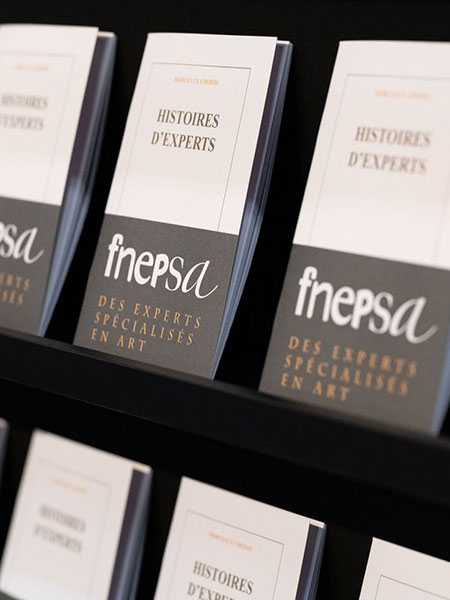Monte-Carlo coins by François Würz
Getting involved in Monegasque numismatics means being able to hope one day to reach the end of one's collection. It also means learning about the history of this principality which is as much admired as it is exasperated (most often by jealousy)...
Coveted for centuries by Genoa, Spain, Savoy, and then France, it has succeeded, thanks to the genius of its princes, in surviving despite its small size. Amputated of 2/3 of its surface area at the end of the 19th century, it has managed to rebound to become the state we know today.
In order to lighten the article below, I will not give a detailed history of the Principality. I will rather try, in a spirit of popularisation, to give an overview of Monegasque numismatic production. I have not included tokens and medals for the same reason.
Surprising as it may seem, research work continues, and it even happens that variants of coins already listed are still being discovered.
If ancient coins have been found in the soil of the principality, it is by no means a question of a local workshop, but of coins that circulated with the merchants who practised coastal shipping and found shelter in the "port" of Monaco against the Mistral.
Monegasque numismatics has sometimes been traced back to Lucien Grimaldi 1505-1523, but today it is safer to take the reign of Honoré II (1604-1662) as the starting point.
The right to mint money and its free circulation are as much a sign of a state's sovereignty as of its recognition by neighbouring countries.
As Mr. Charlet reminds us in their book "Les monnaies des princes souverains de Monaco" (Archives du palais princier, 1997), for any sovereign there is a need for profitability in the issue of coins. The quality (minting and precious metal content) of these coins must also be recognised in the surrounding countries to allow their circulation.
It was really with Honoré II that the first Monegasque coins appeared around 1640. Previously, Genoese or Spanish coins were used.
The first production (1640) was influenced by the Spanish monetary system (florins, gros, patacs, pezettas, 1/2 pezettas). Then in 1641, after the Treaty of Péronne with France, the French system of ecu divisions prevailed. These are the coins that we see most often. They are rarely in extraordinary condition, which explains the high prices when they are superb. It was also during his reign that the first gold coins (pistols and double pistols) appeared. Rare, they fetch very high prices when they appear on the market.
Then came the reign of Louis I (1662-1701). Apart from the traditional production, it was during his reign that the famous "luigini" appeared. These silver coins (which were minted with the authorisation of Louis XIV, as were those of the Prince of Dombes), worth a twelfth of an ecu, were used for transactions with the Ottoman Empire. The only problem was that the entire Ligurian coast, faced with the success of these coins, also began to manufacture them. These more or less well imitated coins (with a more or less good titling of the metal) invaded the market to such an extent that this finally led to their disaffection. Nevertheless, today there are many collectors looking for these variants and a book was even published on the subject a few years ago. The reign of Louis I is rich in numismatic production and he was the last prince before Charles III in 1878 to produce gold coins!

* Required fields
75001 Paris
France
